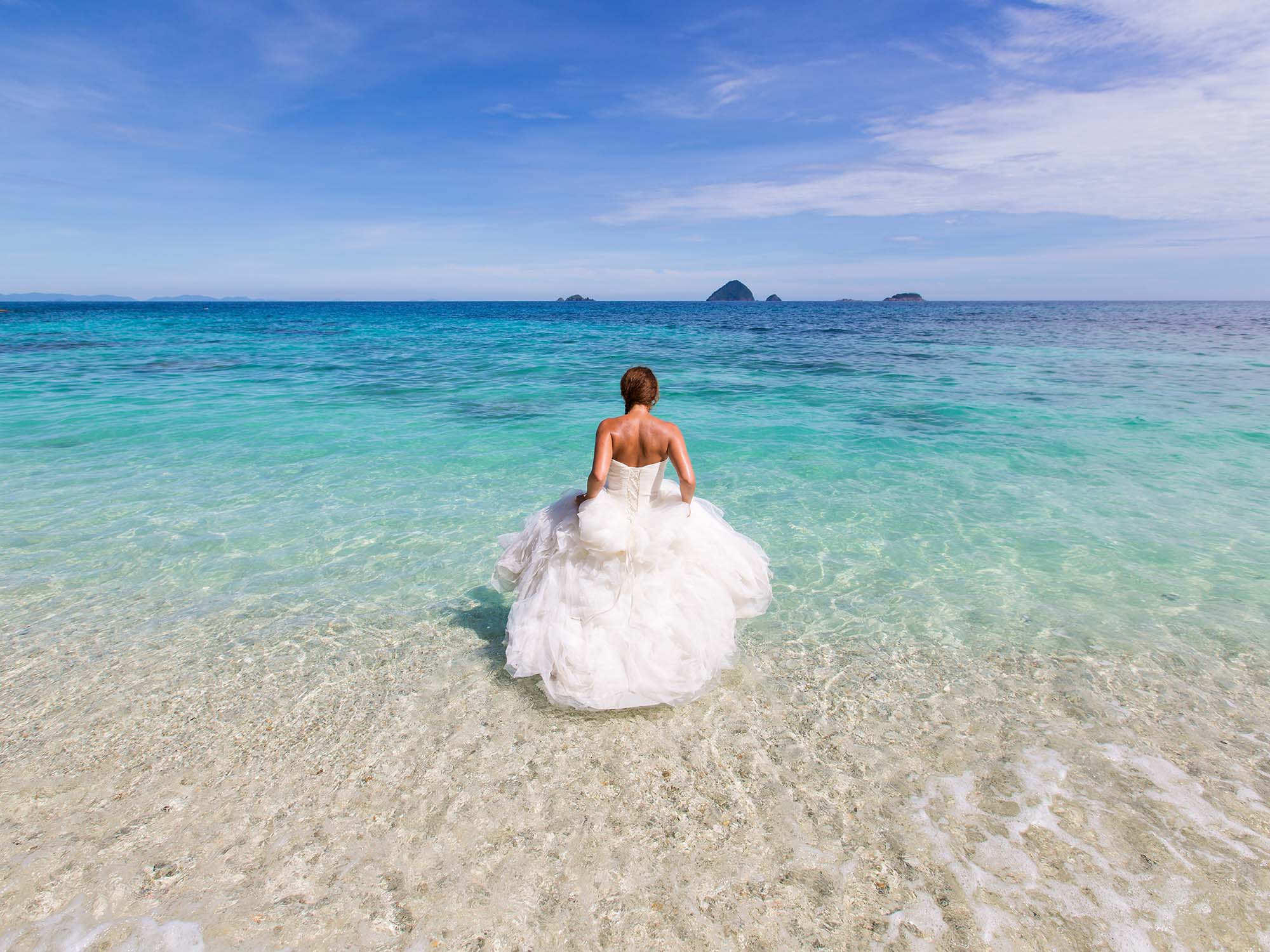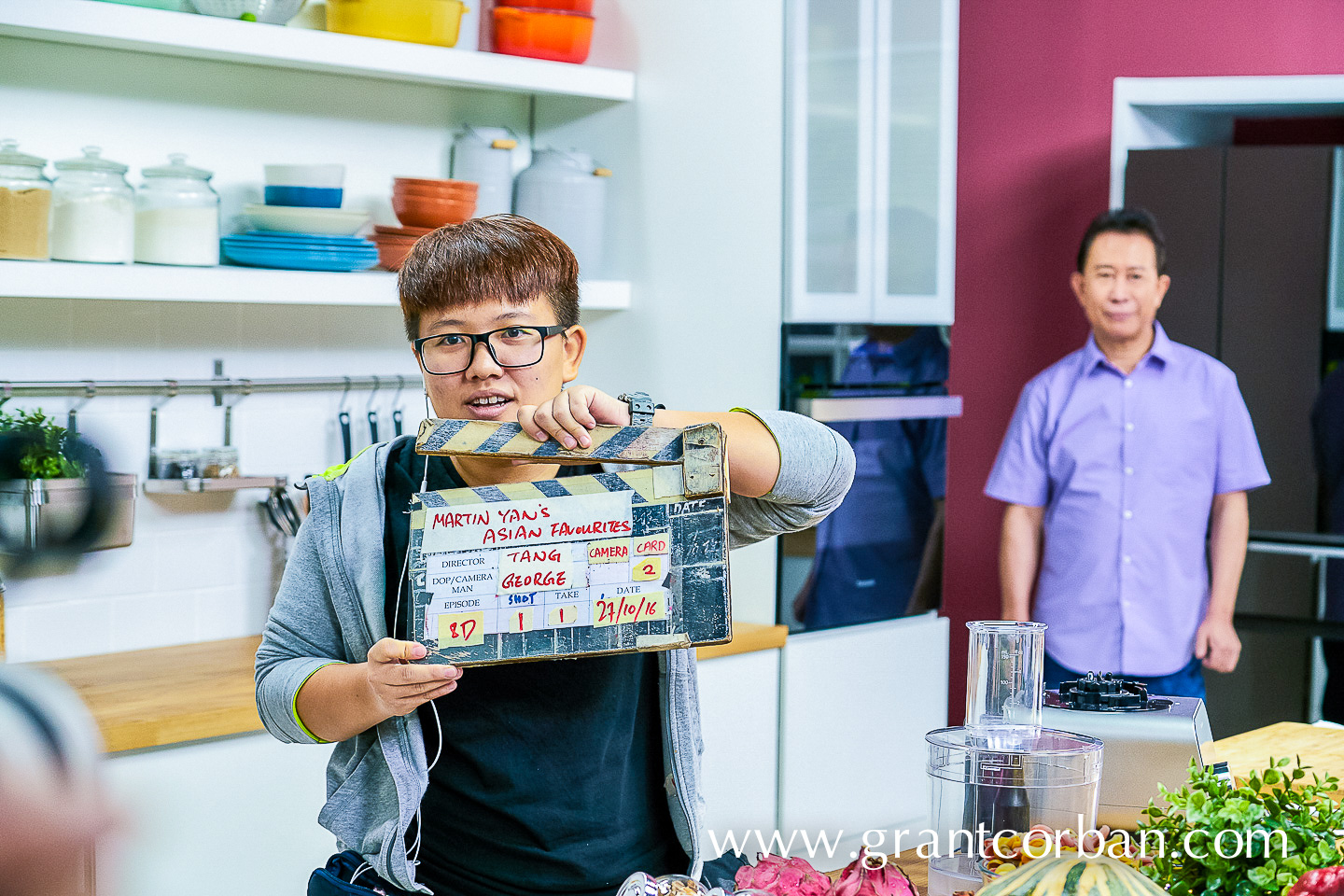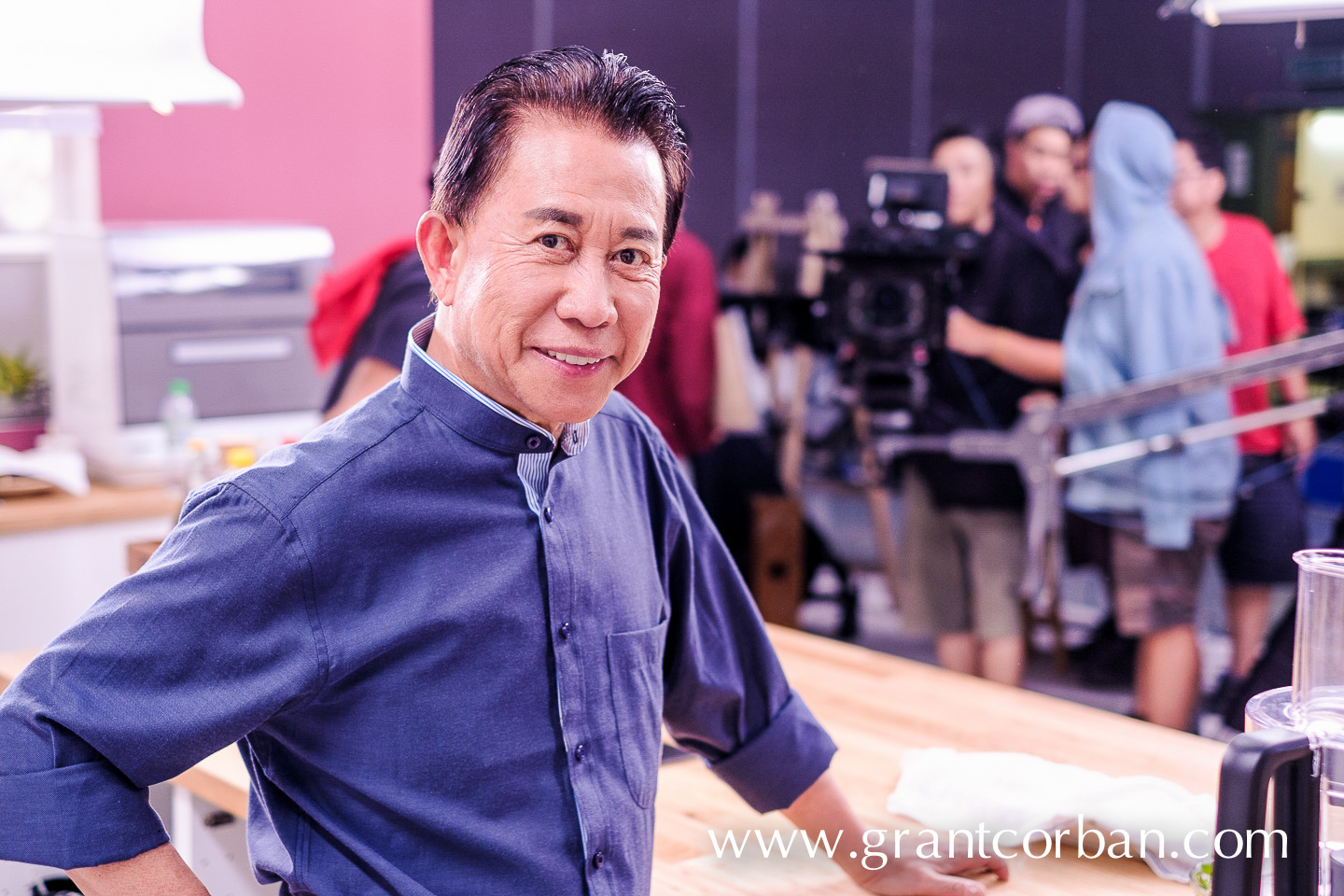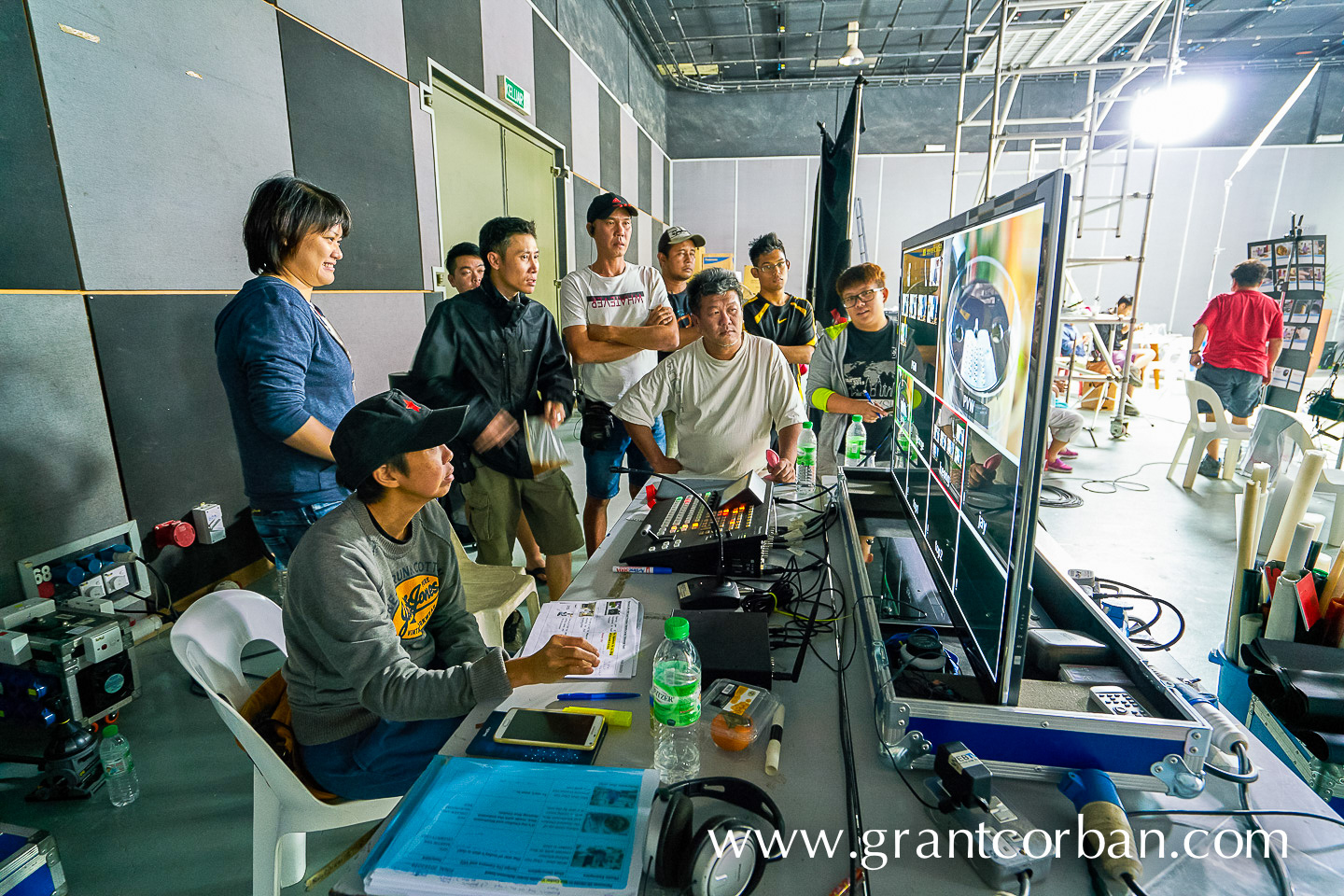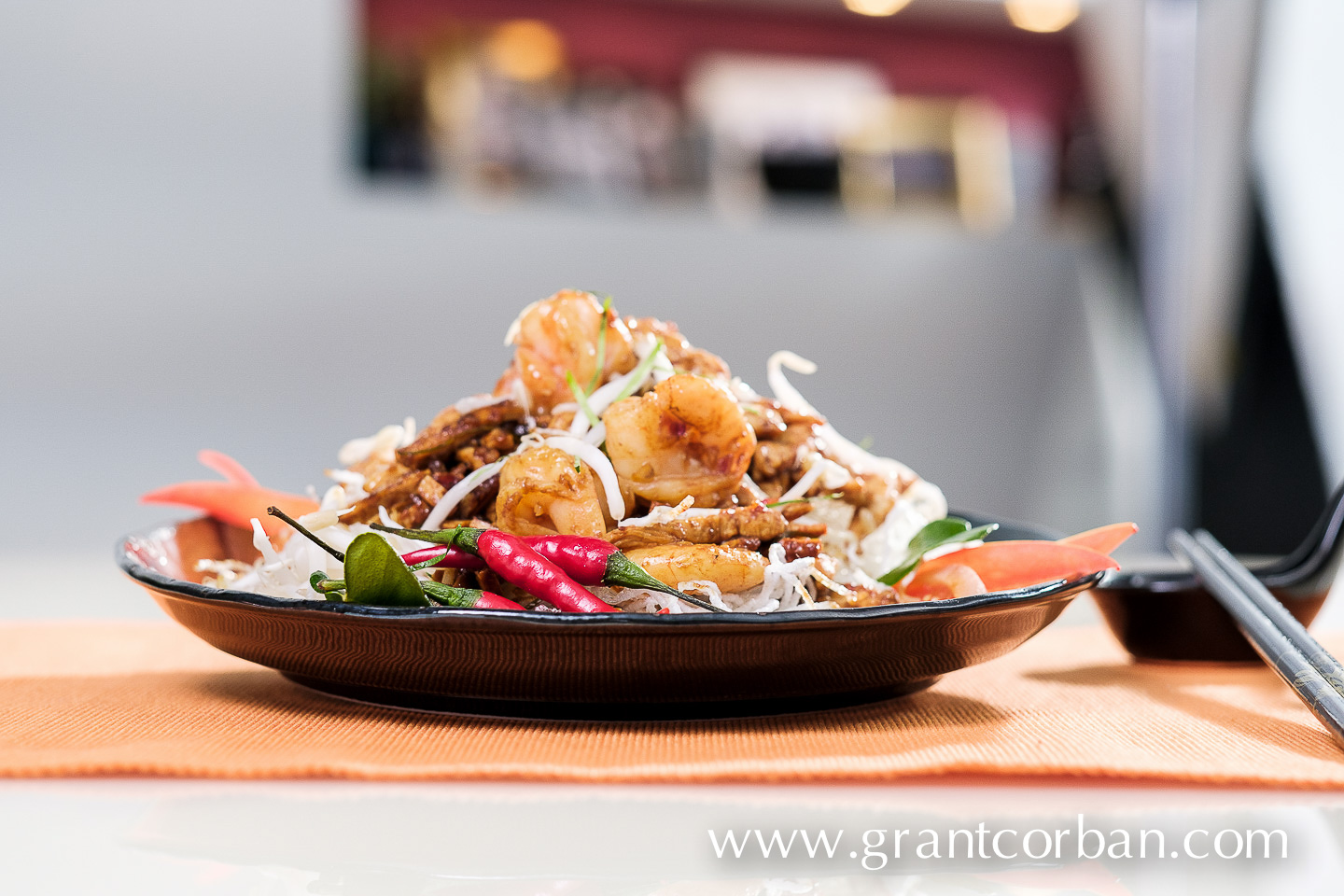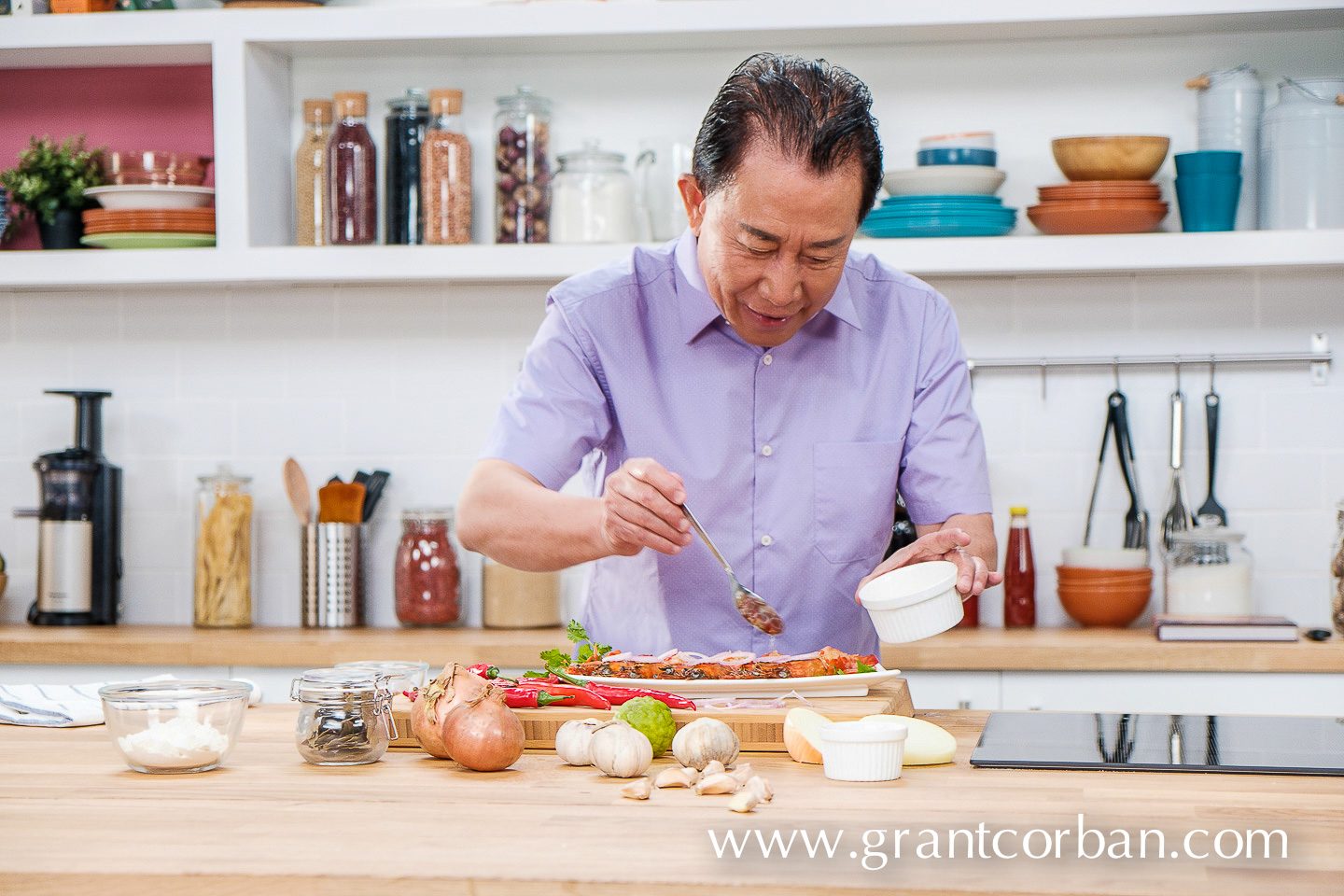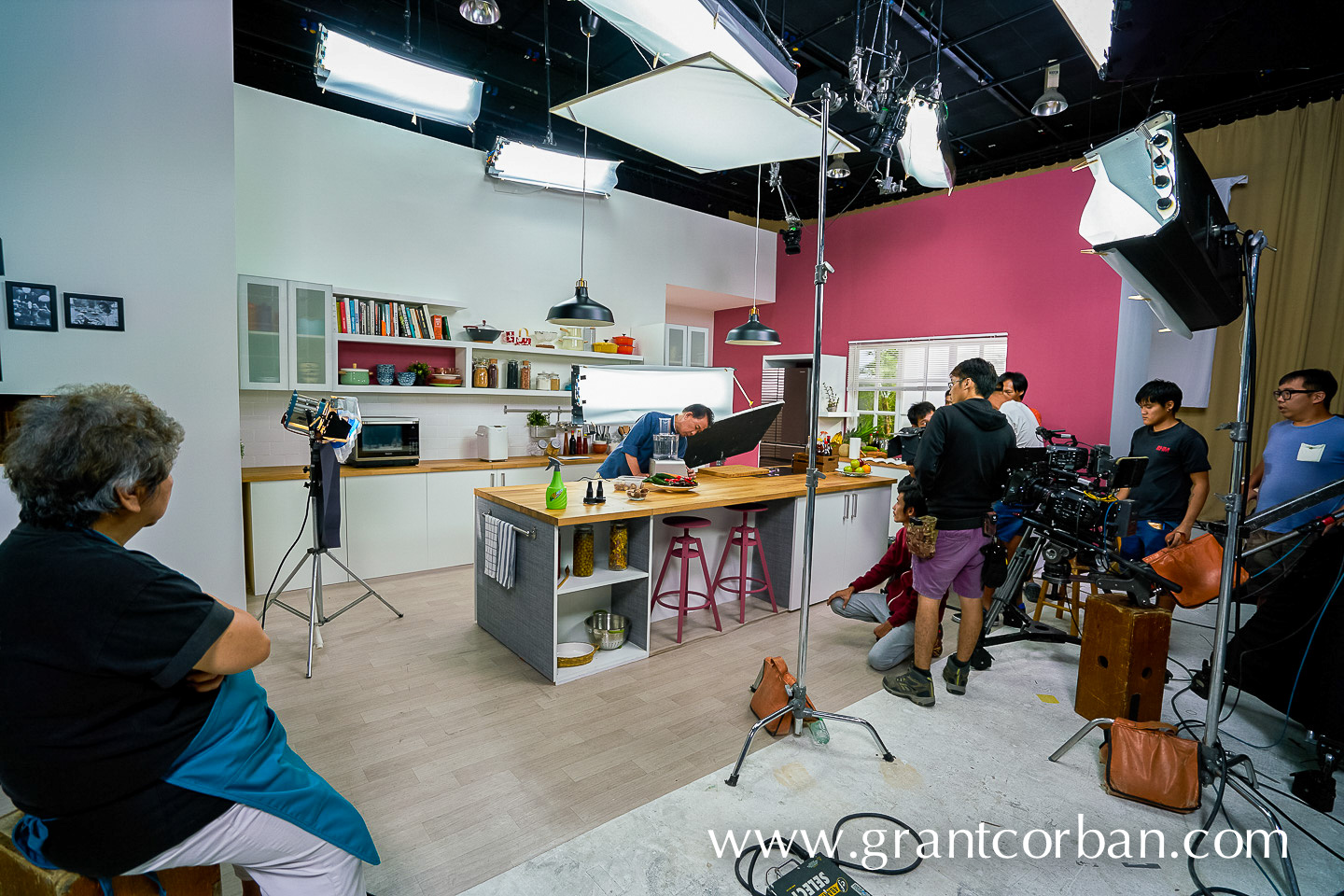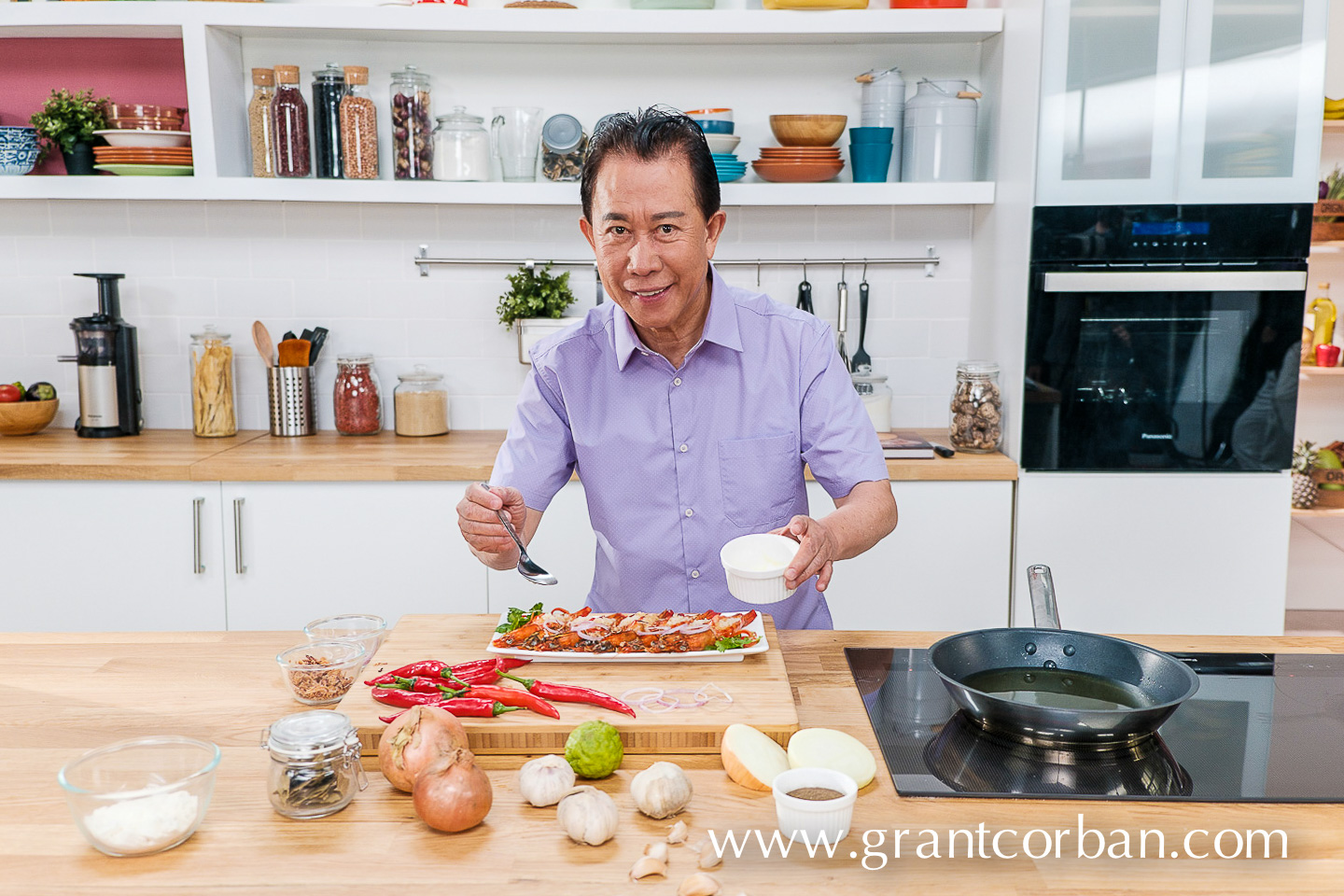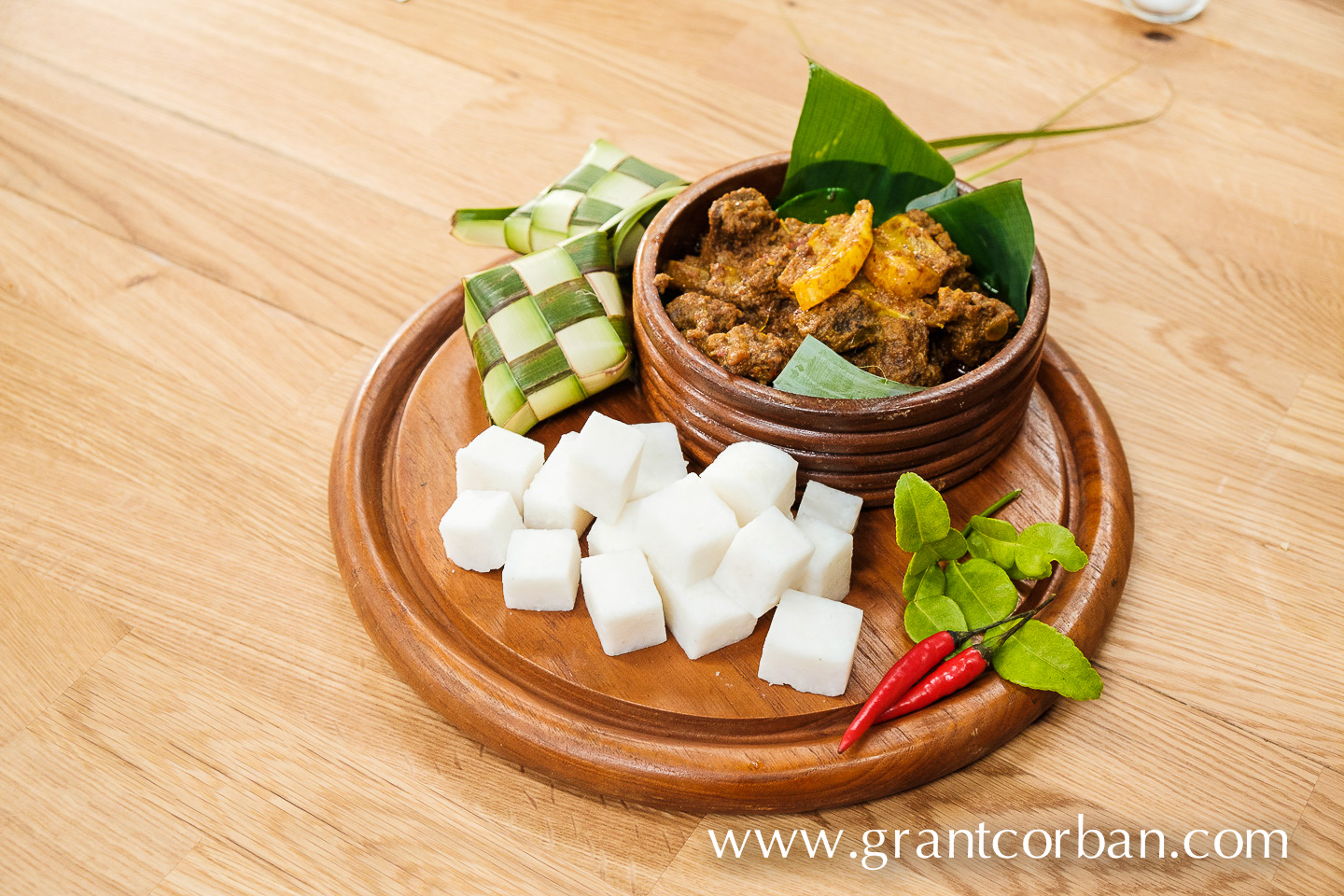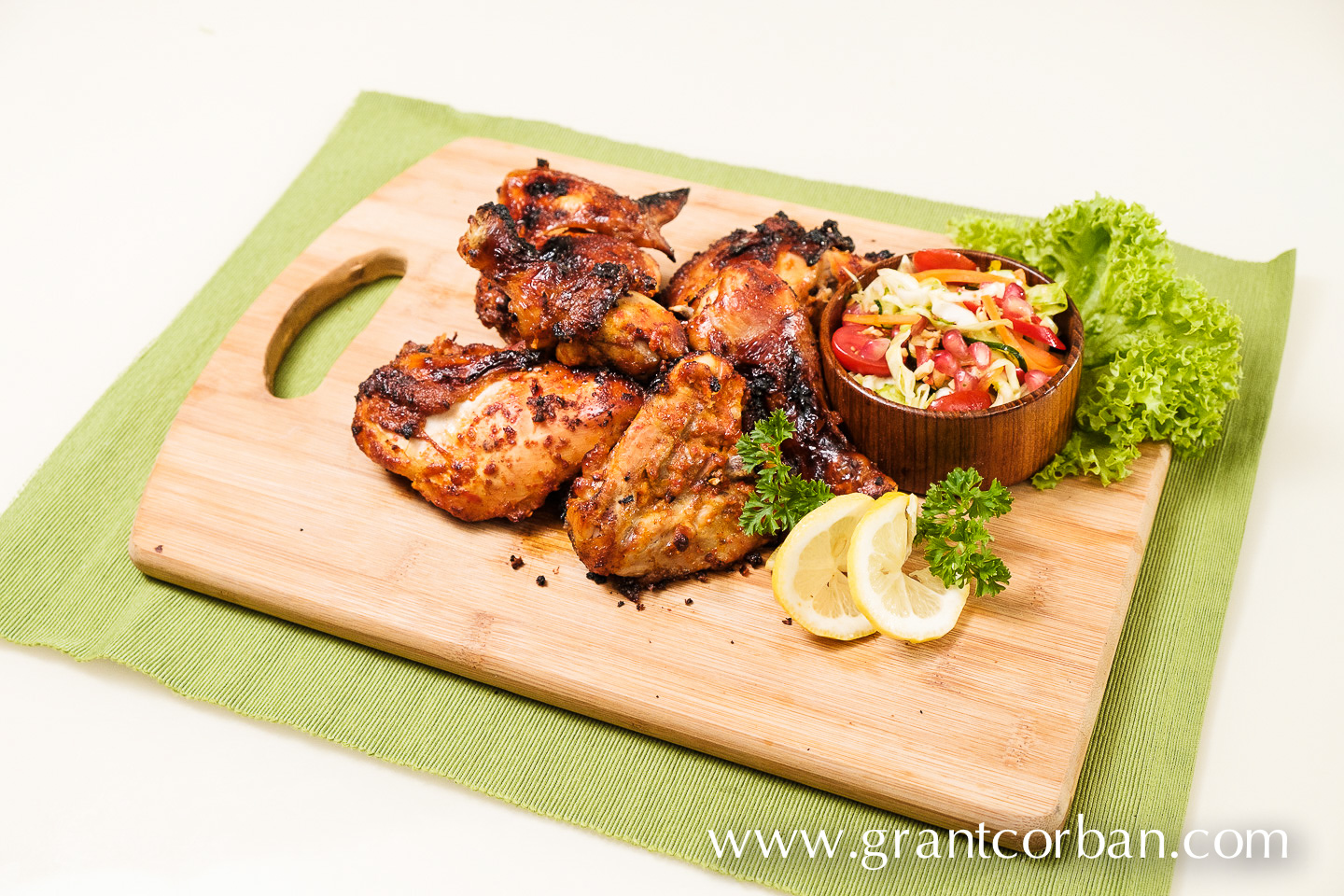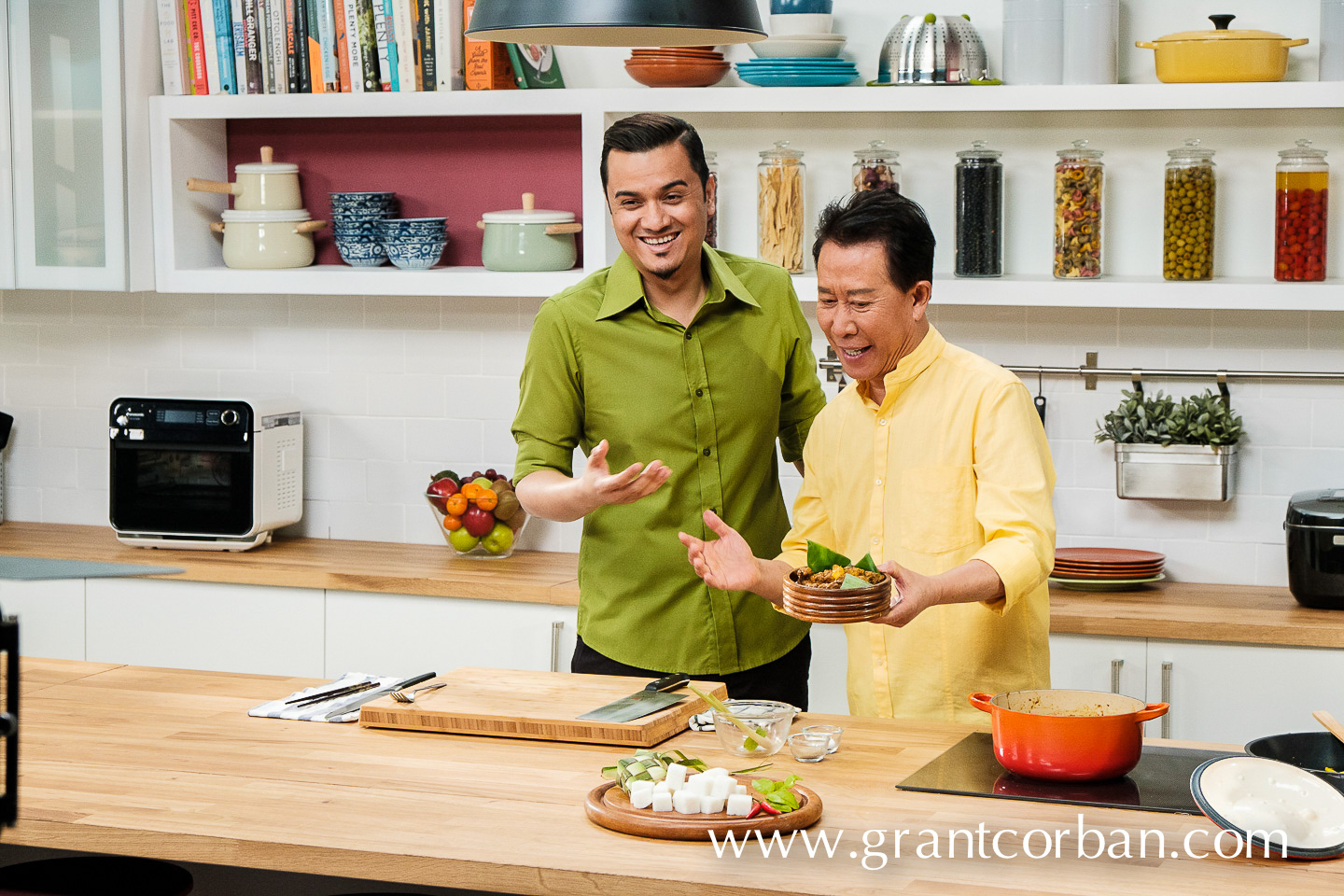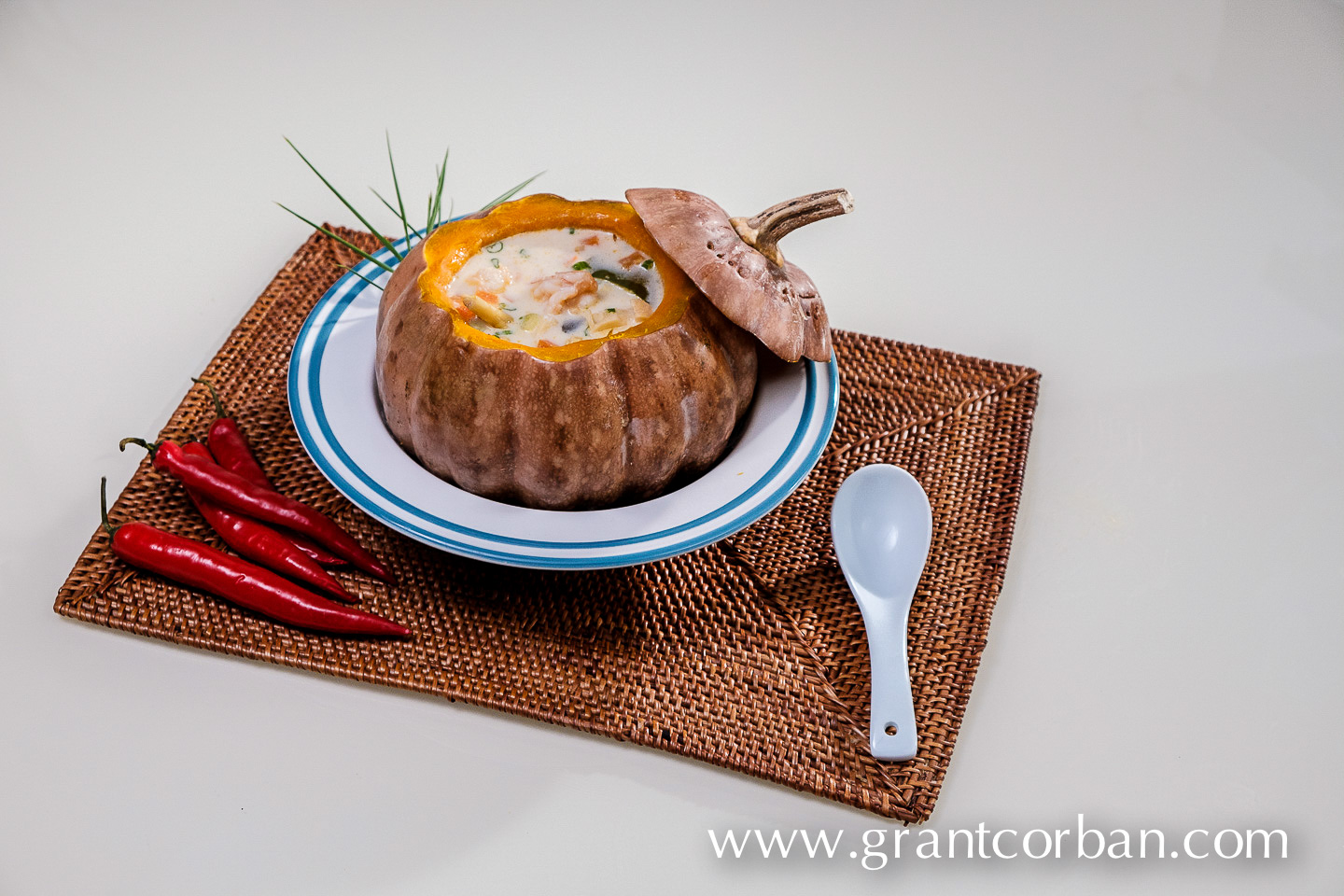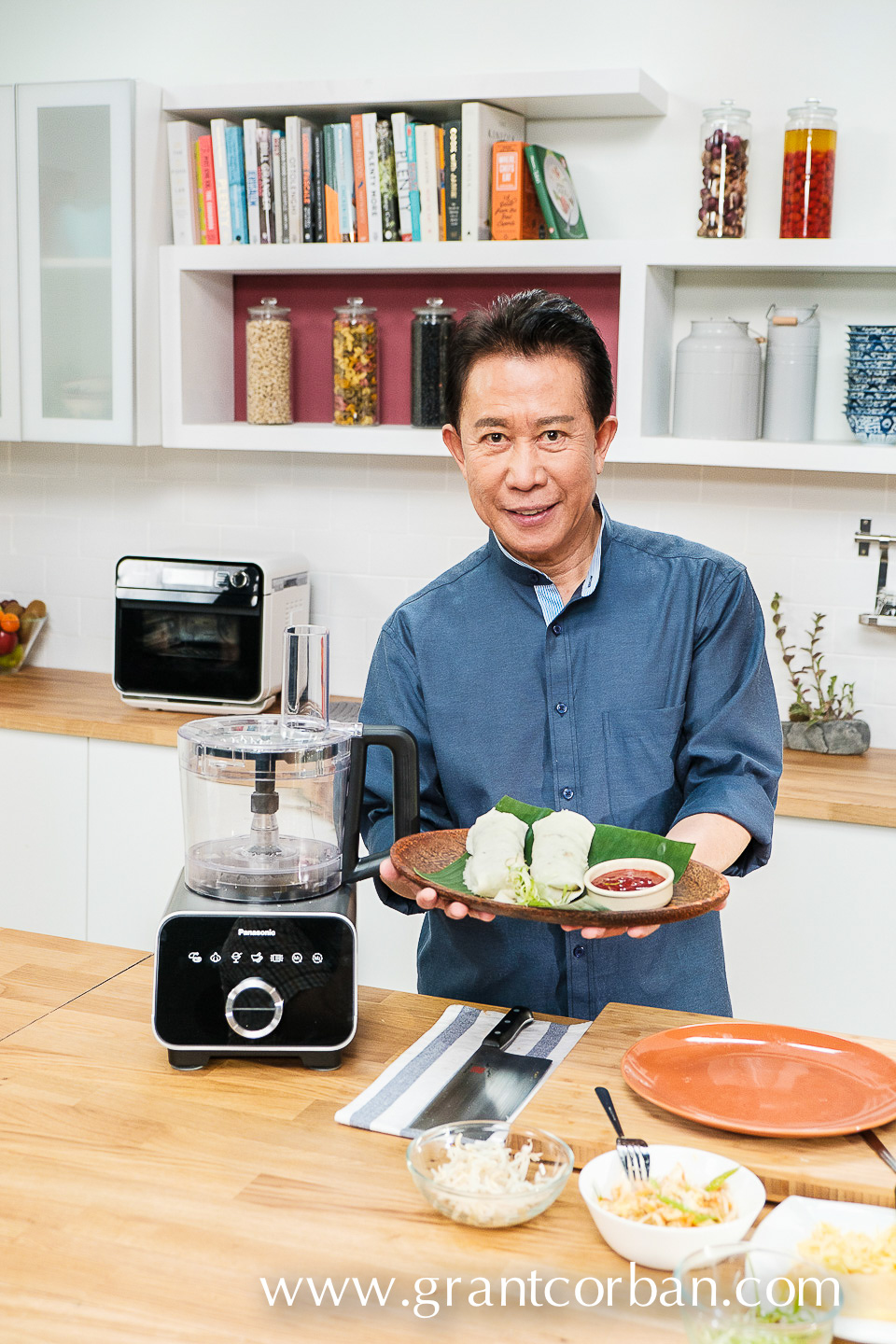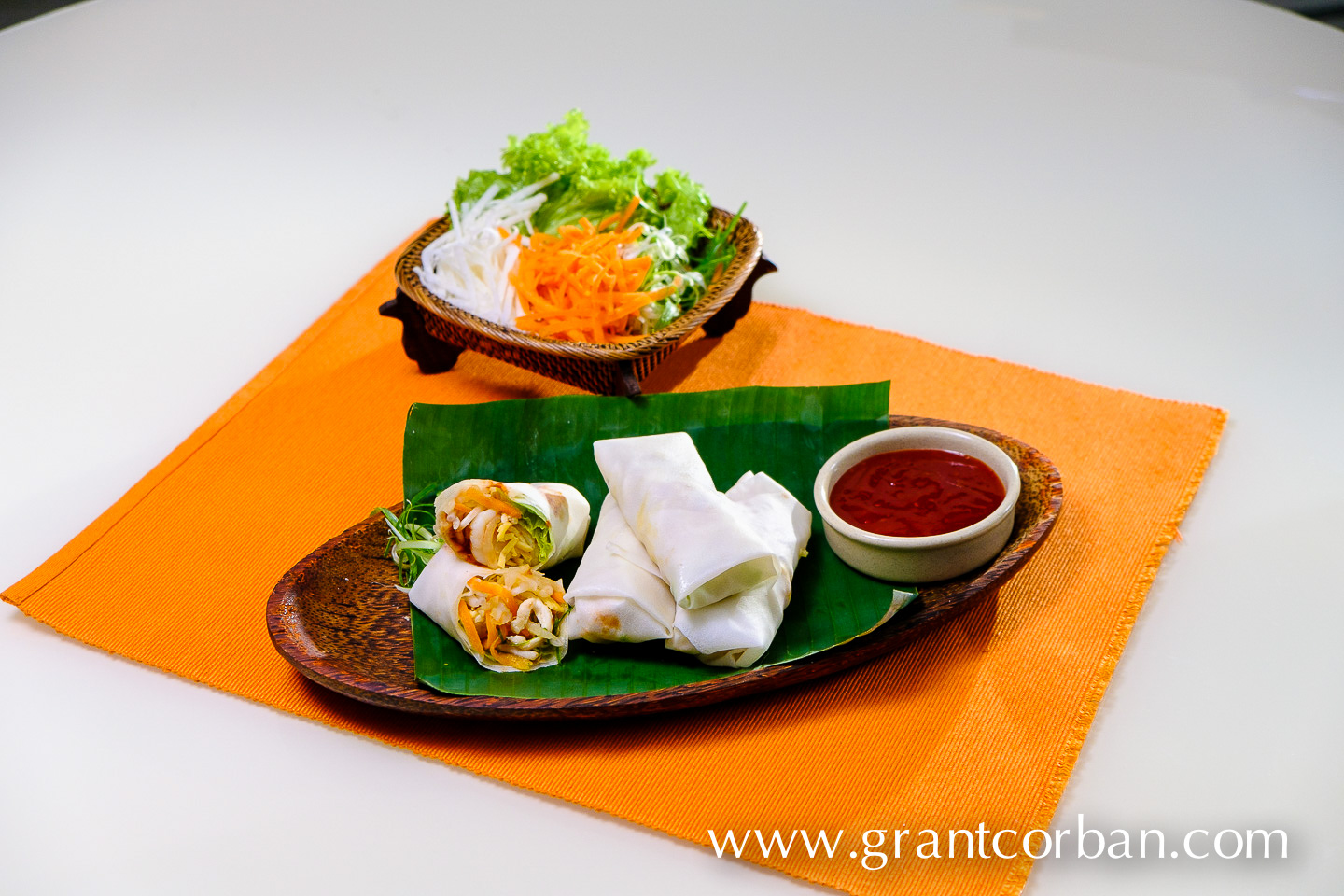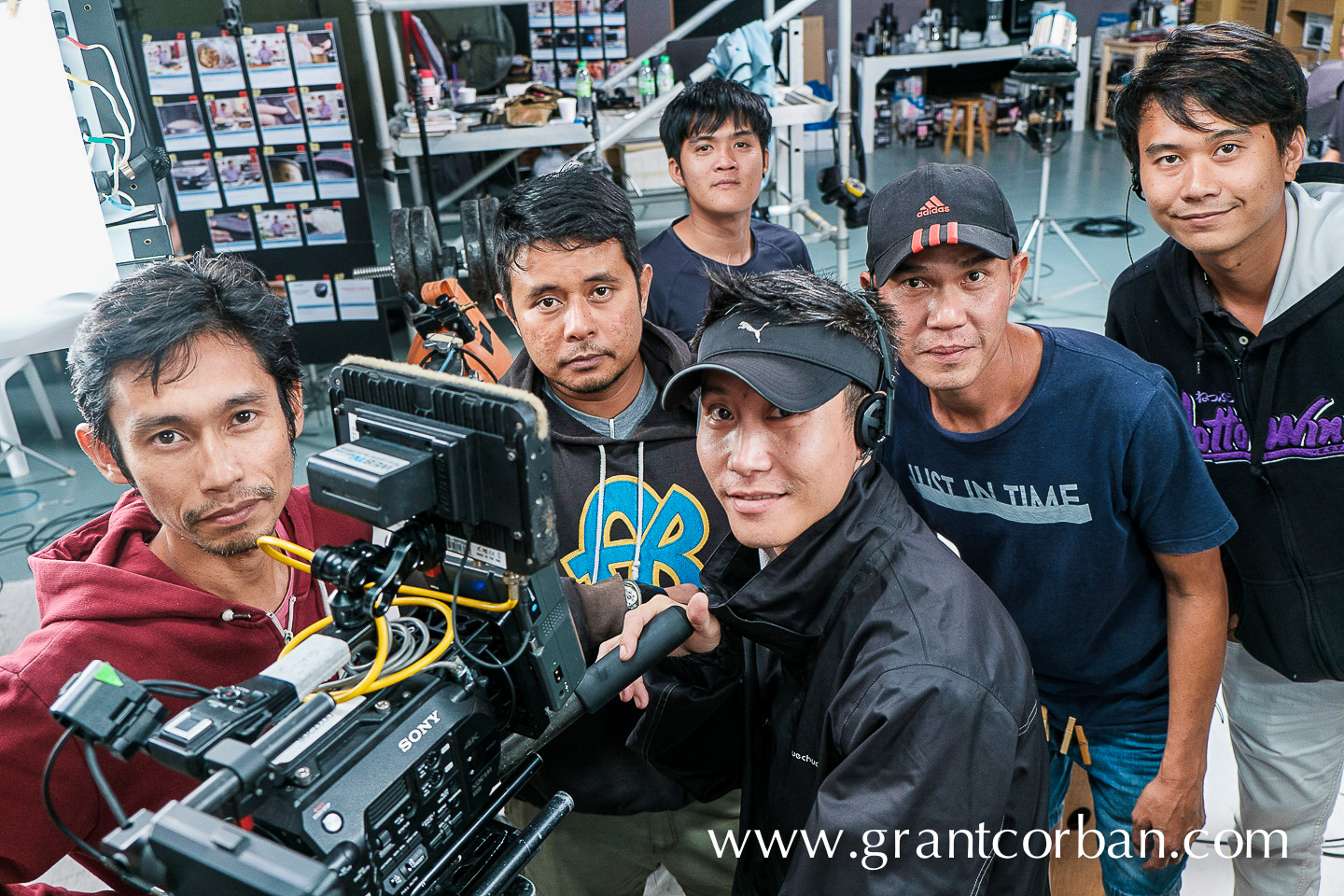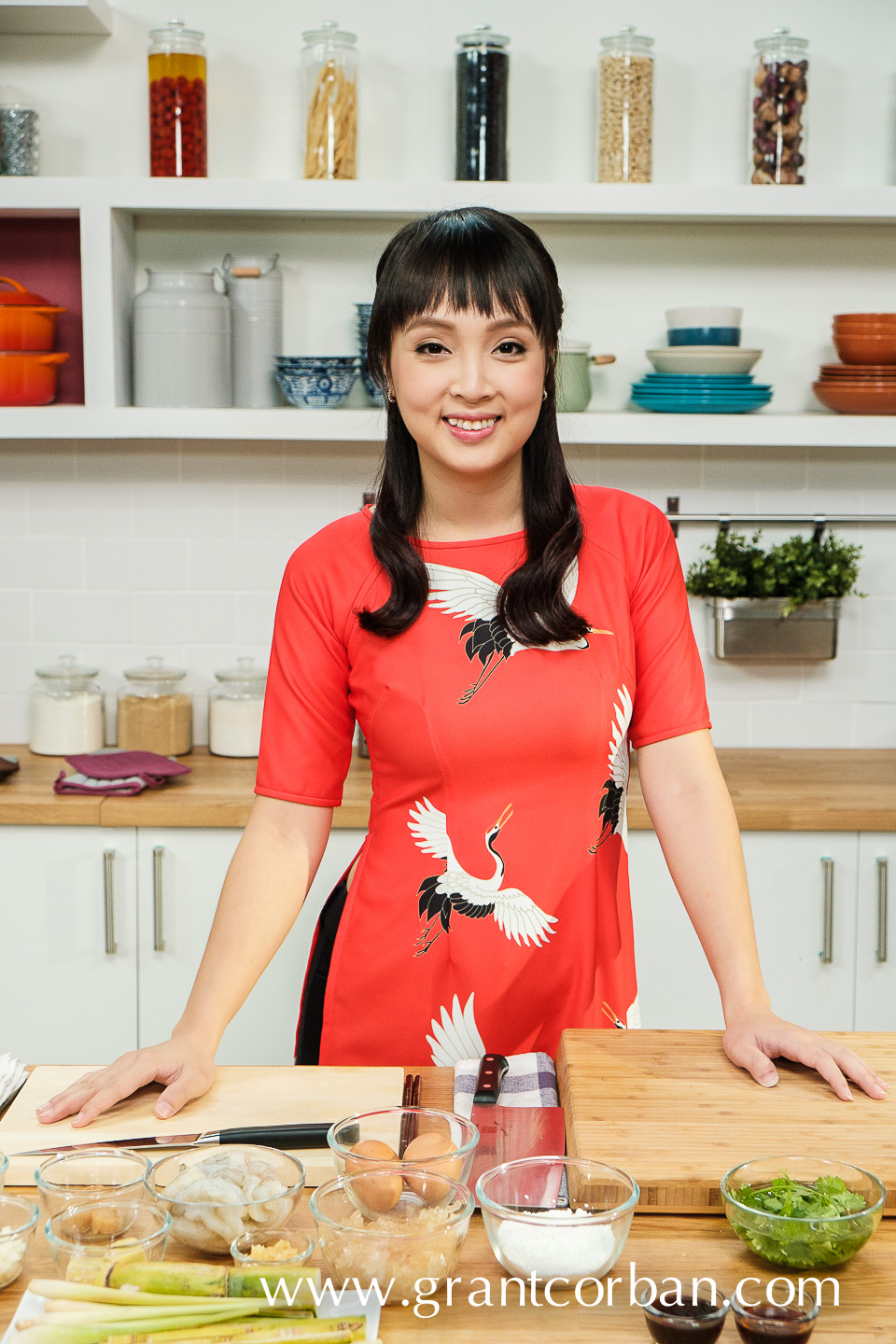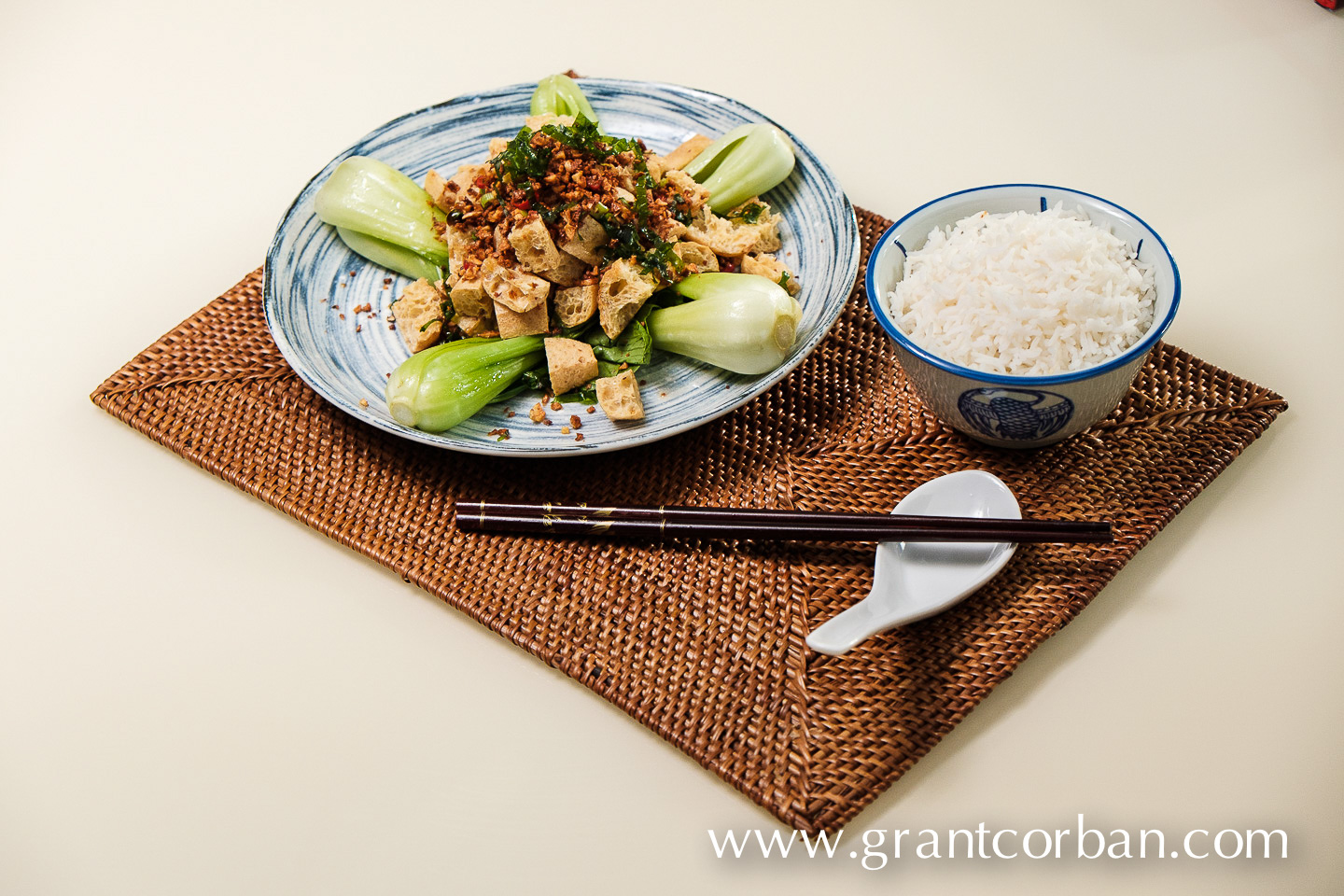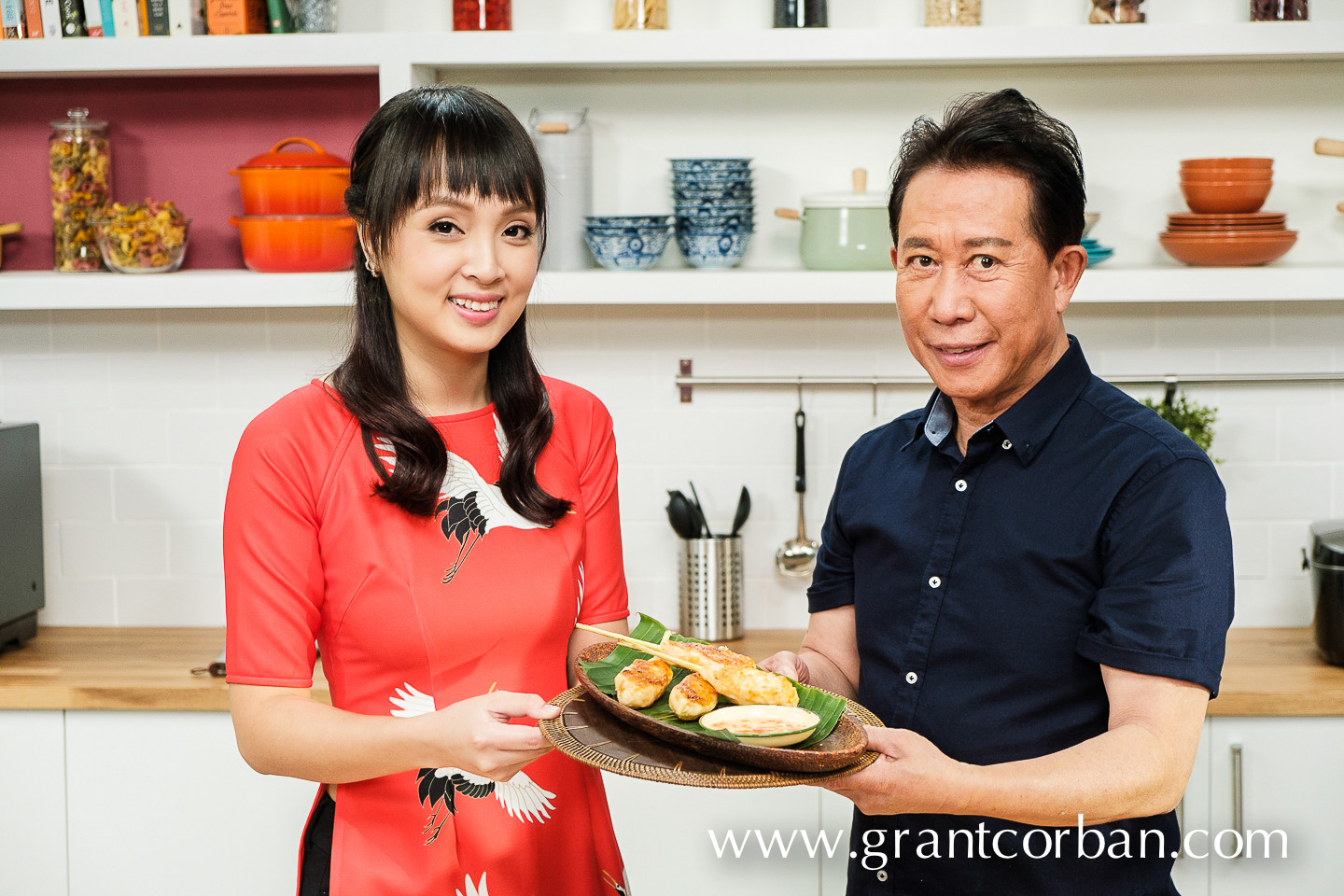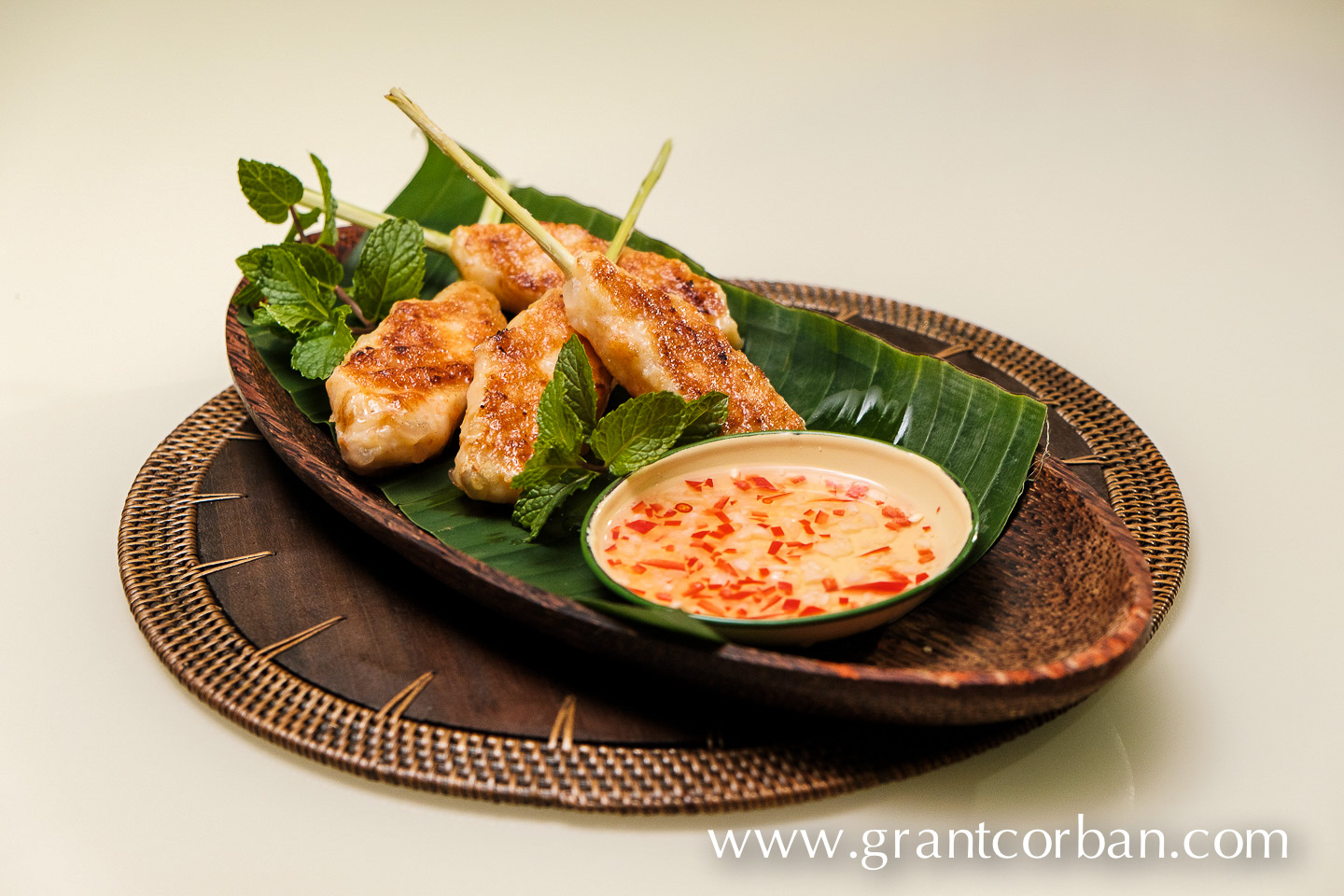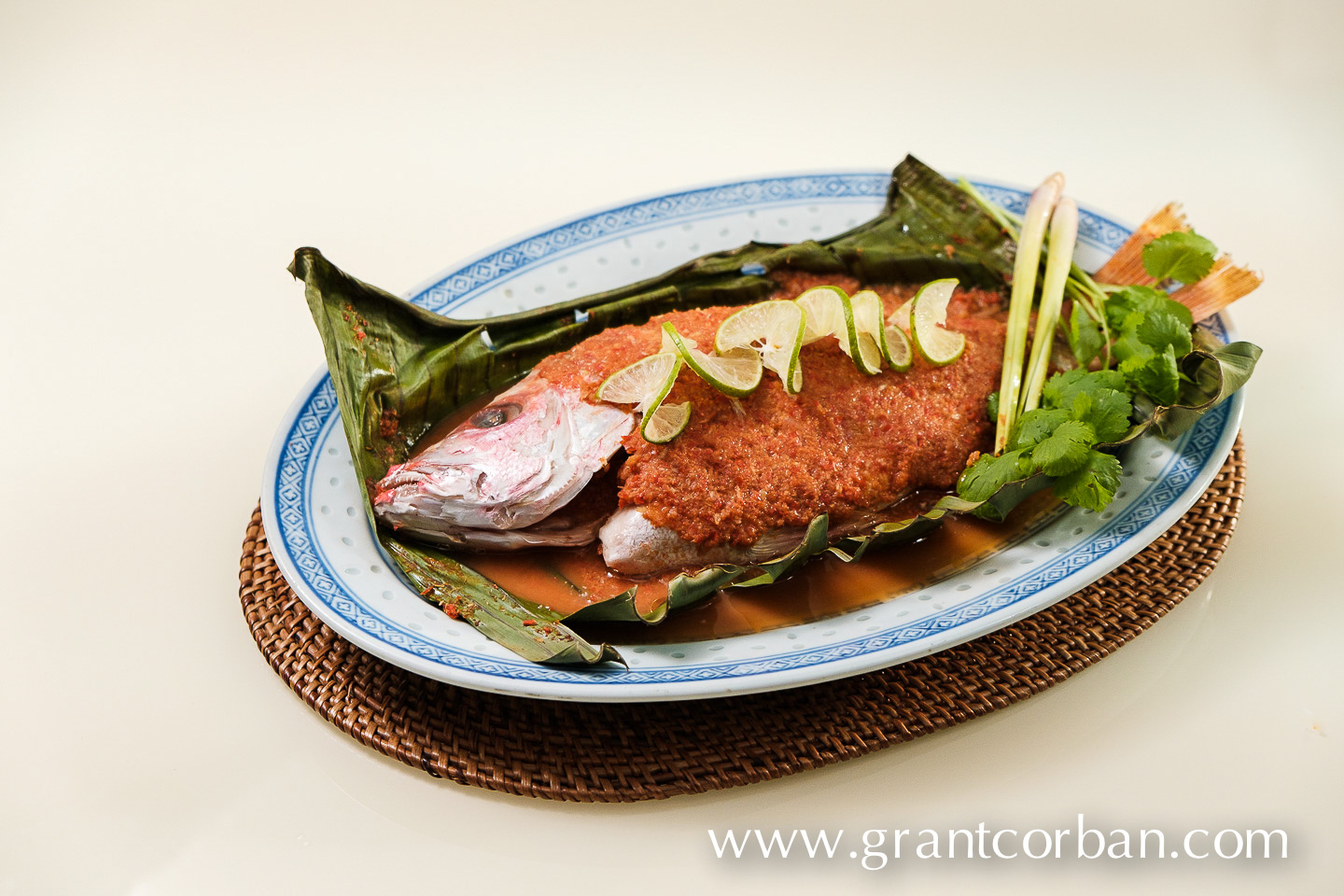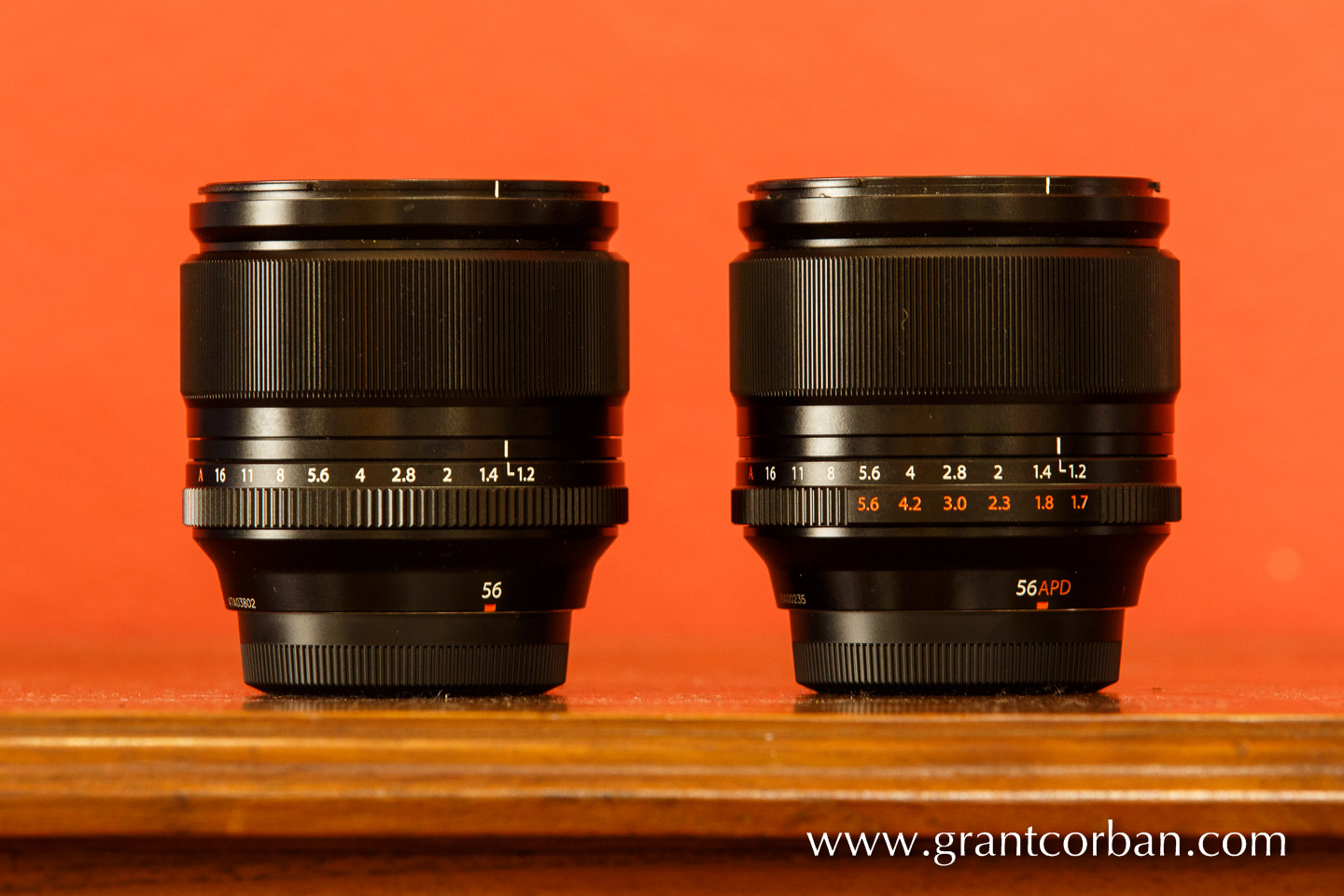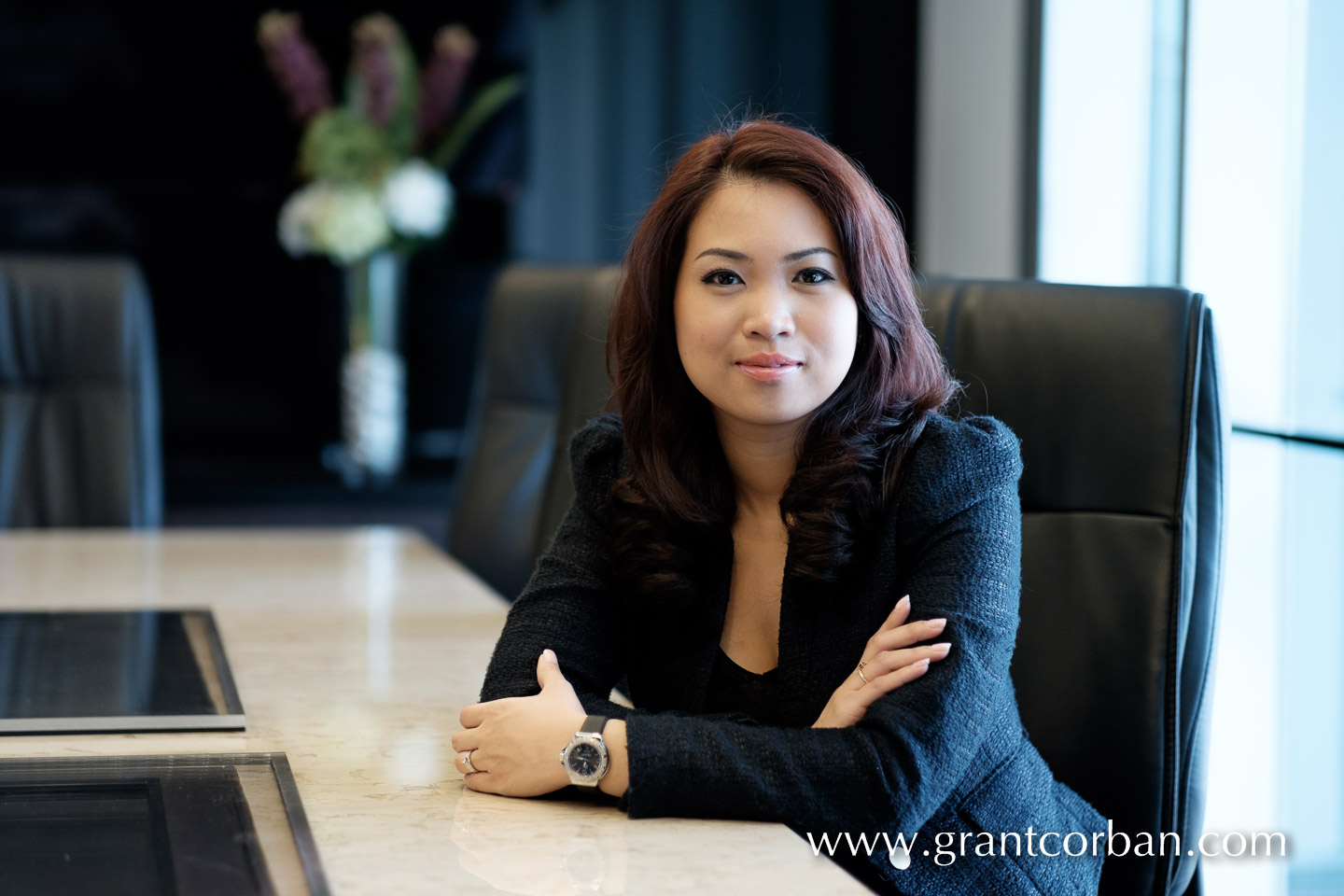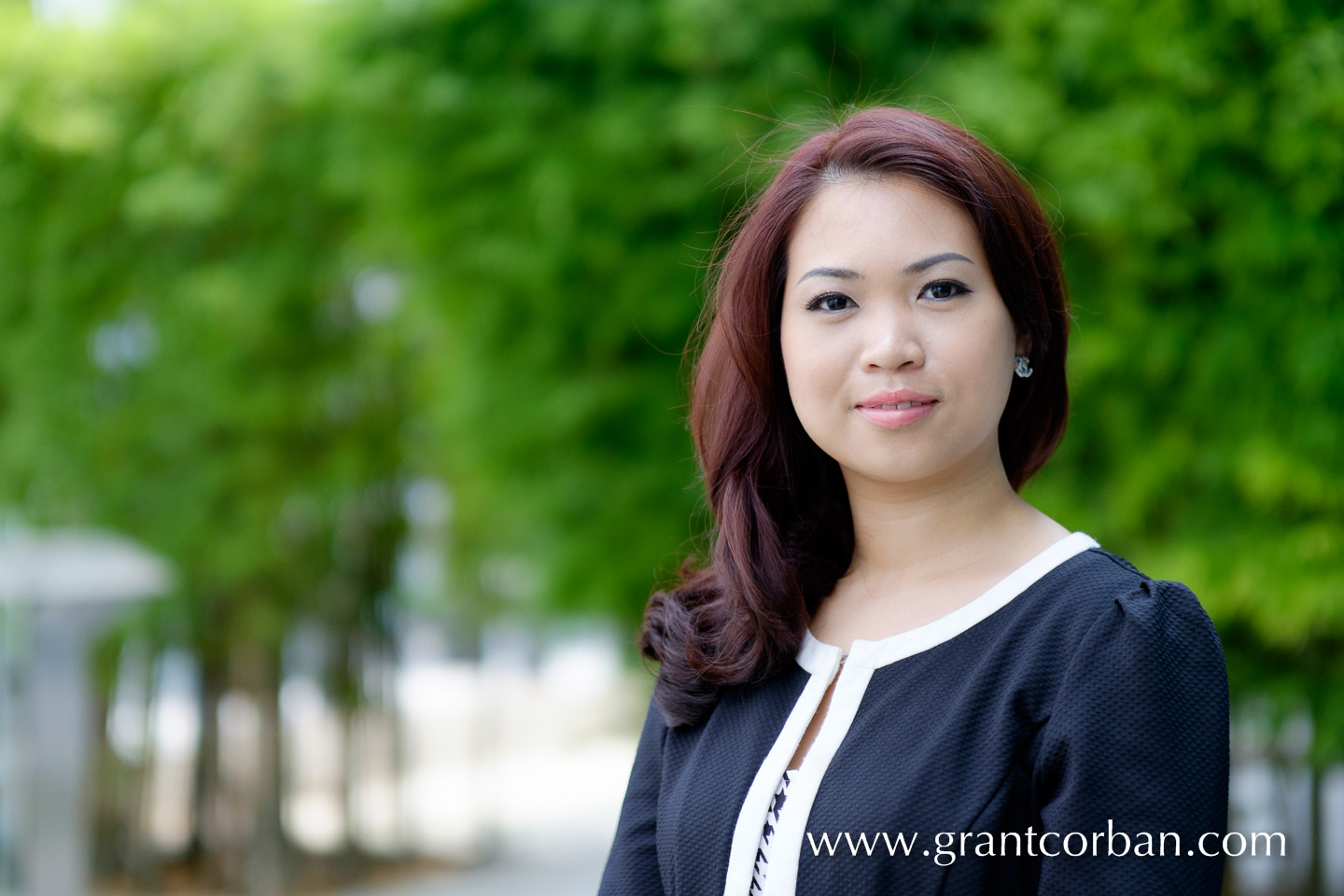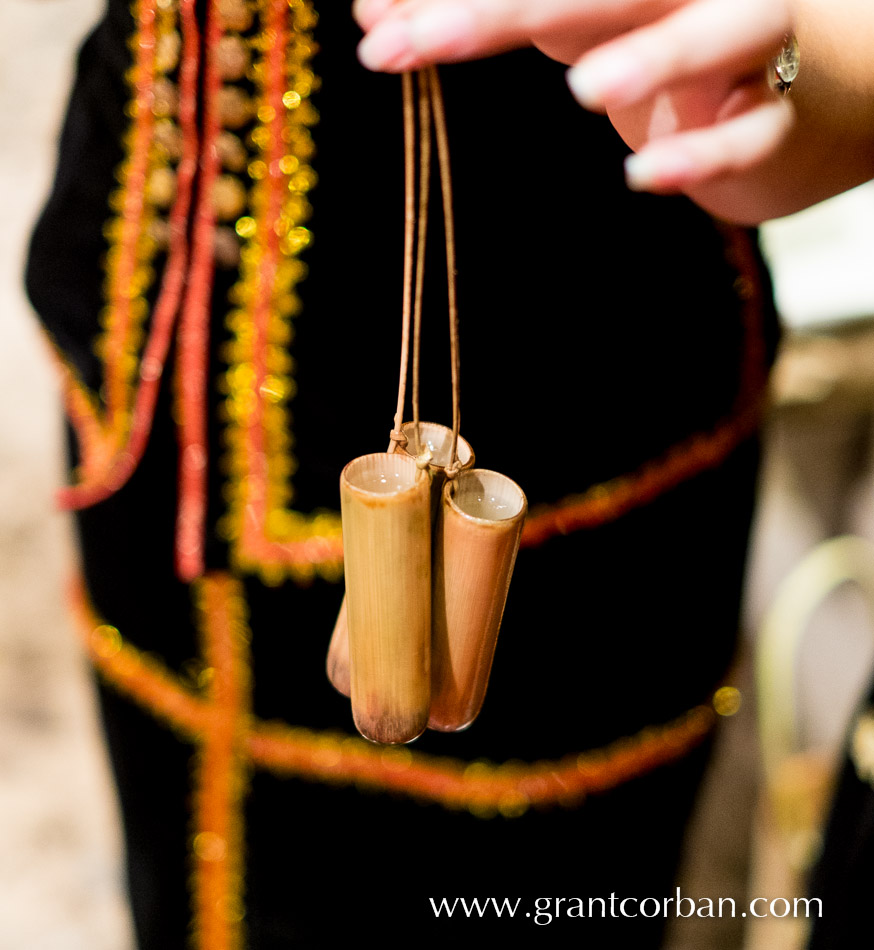
Back in September I covered a wedding in Kota Kinabalu and had the FujiFilm X-Pro1 along with me. While relying on my main DSLRs I wanted to test out the viability of using Fuji’s retro styled camera for weddings. My background was from way back when we used film, including the Leica M series of cameras. Since those days cameras have gotten bigger and heavier. I weighed my gear the other day and blanched when I realised I am usually carrying 30lbs on me at every wedding for 8-10 hours. No wonder I am fit! However we are always looking for ways to reduce the weight, so we thought we would give the camera a trial along side our normal “beasts”.
Ease of use: Once you forget about your DSLRs and relearn the controls, the X-Pro1 is quite quick to operate. There are some annoying quirks such as the lack of diopter adjustment for the viewfinder and trying to decide whether the optical or electronic viewfinder is more useful. Both of these gripes have been rectified in the newer X-E1.
Autofocus was sluggish, REALLY sluggish. Fortunately Fuji have been listening to photographers and have fixed this with a firmware upgrade. Yes, REALLY! The lenses are firmware upgradeable and with the update they focus positively and quickly. No matter what you may have heard before, the focus speed is no longer a major problem.
Write speed when shooting RAW is not spectacular, however its not really an issue if you shoot like we do. “Spray and pray” photographers will not like this camera. Move along nothing to see here for that crowd.
Lenses: REALLY GOOD. They seem to be more flare resistant than the Nikon and Canon pro-glass that we use on a regular basis. I am NOT a camera or lens reviewer, so I have no tests, only real world images taken when the fleeting moment occurs, so I have no side by side analysis of this. I would love to see a proper test done on this as this may be Fuji’s “ace-up-the-sleeve”. Many people don’t know that Fuji has a long and illustrious lens making history, and their lenses all pretty much shine here. Some people have found the 18mm to not be a stellar lens, but I haven’t had any clients complain. Sharp is irrelevant as long as the photos sell!
As this was before the lens and body firmware upgrade it was not easy to shoot with, but that has CHANGED. Will do a post on this soon so do not allow any of my negative comments above sway you from not buying into this system.
So on to the photos: The following were taken with Fujifilms X-Pro1 camera, along with the XF18mm F2 R, XF35mm F1.4 R, and the XF60mm F2.4R Macro. I have included relevant exposure and lens data.
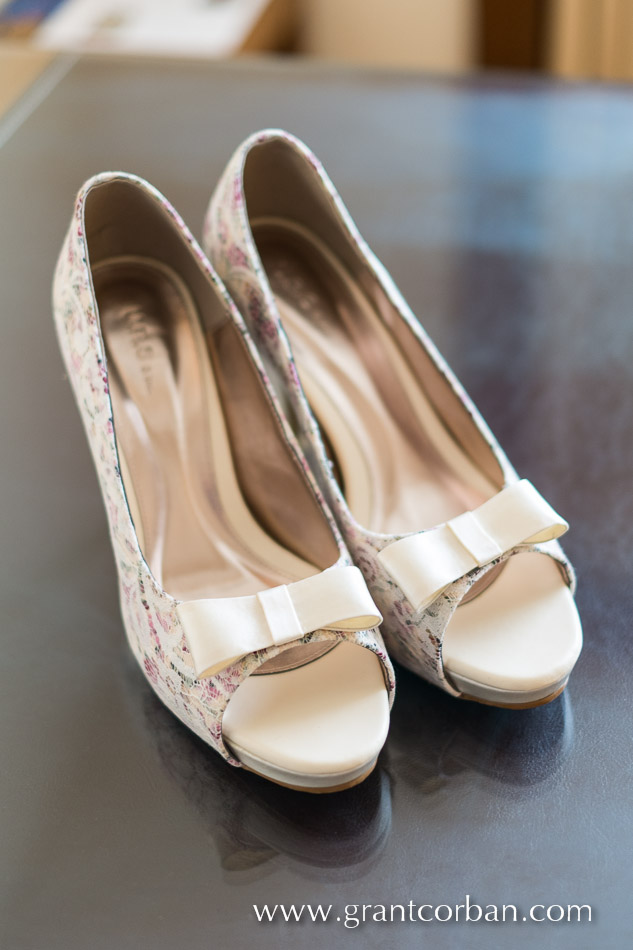
Brides shoes photographed with the Fuji X-Pro1 and XF35mm F1.4 R shot at 1/50 sec F1.4 ISO250
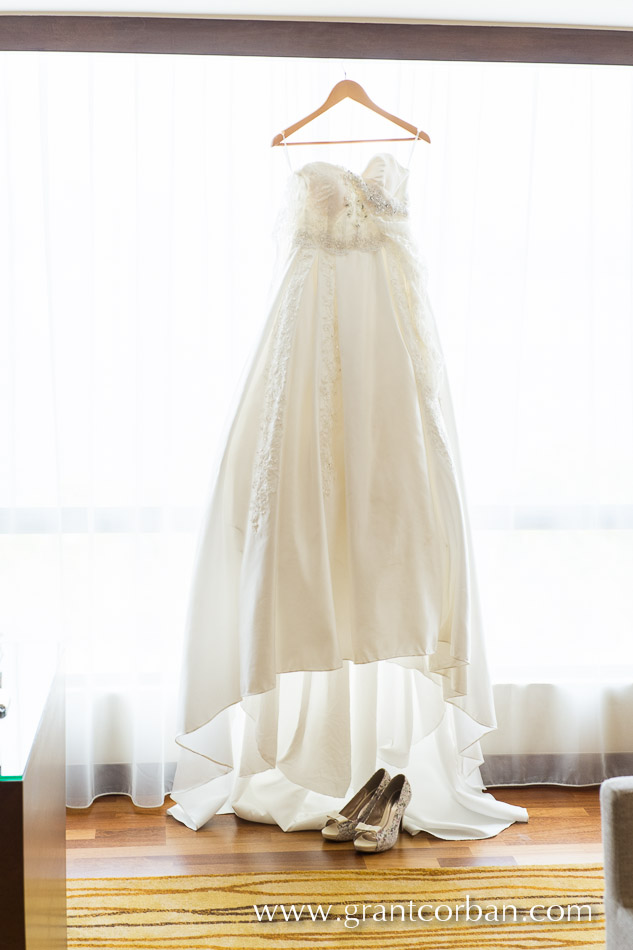
Bridal gown photo taken with the Fuji X-Pro1 and XF35mm F1.4 R shot at 1/50 sec F4.0 ISO200
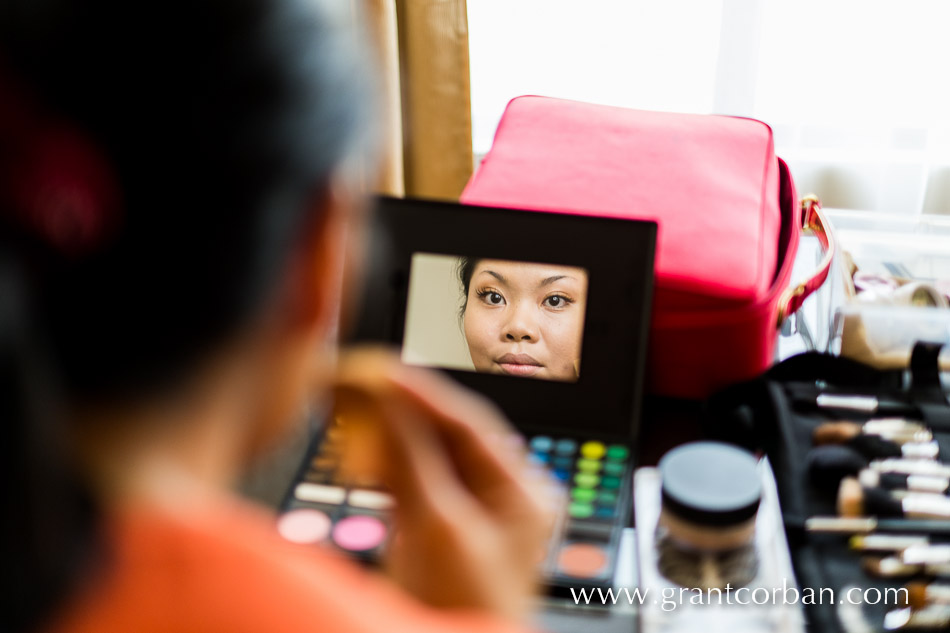
Brides sister applying makeup taken with the Fuji X-Pro1 and XF35mm F1.4 R shot at 1/110 sec F1.4 ISO200

Shoes and veil photo taken with the Fuji X-Pro1 and XF35mm F1.4 R shot at 1/140 sec F1.4 ISO200

Make up of the bride taken with the Fuji X-Pro1 and XF35mm F1.4 R shot at 1/80 sec F1.4 ISO200

Overview of the church ceremony taken with the Fuji X-Pro1 and XF18mm F2.0 R shot at 1/40 sec F2.0 ISO200

Bridesmaids taken with the Fuji X-Pro1 and XF60mm F2.4 R macro shot at 1/90 sec F2.4 ISO1000

Bride’s bouquet taken with the Fuji X-Pro1 and XF60mm F2.4 R macro shot at 1/90 sec F2.8 ISO1250

Bride and Groom portrait taken with the Fuji X-Pro1 and XF60mm F2.4 R macro shot at 1/90 sec F2.4 ISO500

Wedding cake shot with the Fuji X-Pro1 and XF35mm F1.4 R shot at 1/50 sec F1.4 ISO640
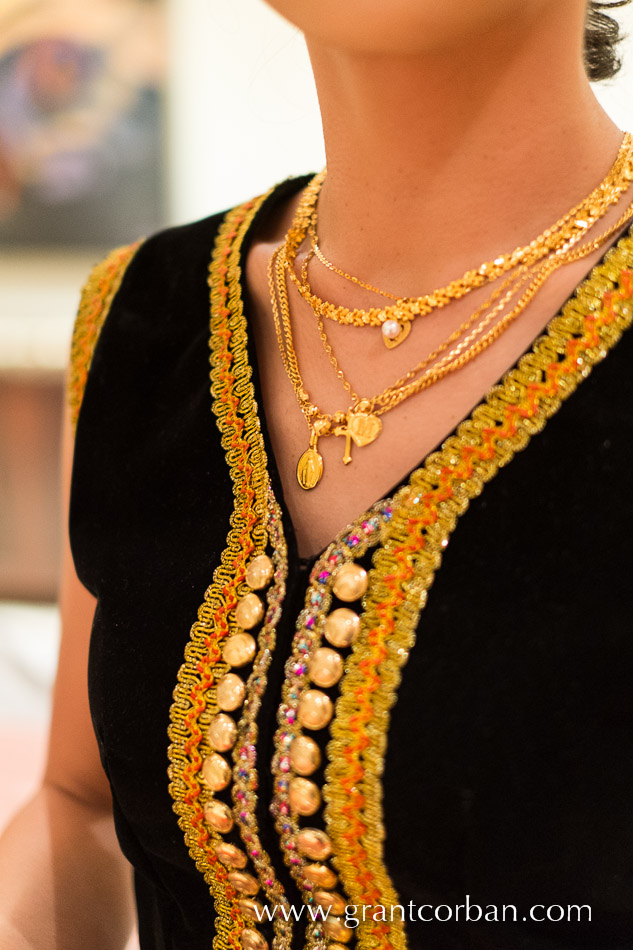
Bride in traditional Kadazan outfit shot with the Fuji X-Pro1 and XF35mm F1.4 R shot at 1/50 sec F1.4 ISO1600

Bride’s sister singing shot with the Fuji X-Pro1 and XF60mm F2.4 R macro shot at 1/90 sec F2.4 ISO3200

Bride’s sister singing shot with the Fuji X-Pro1 and XF60mm F2.4 R macro shot at 1/90 sec F2.4 ISO2000
